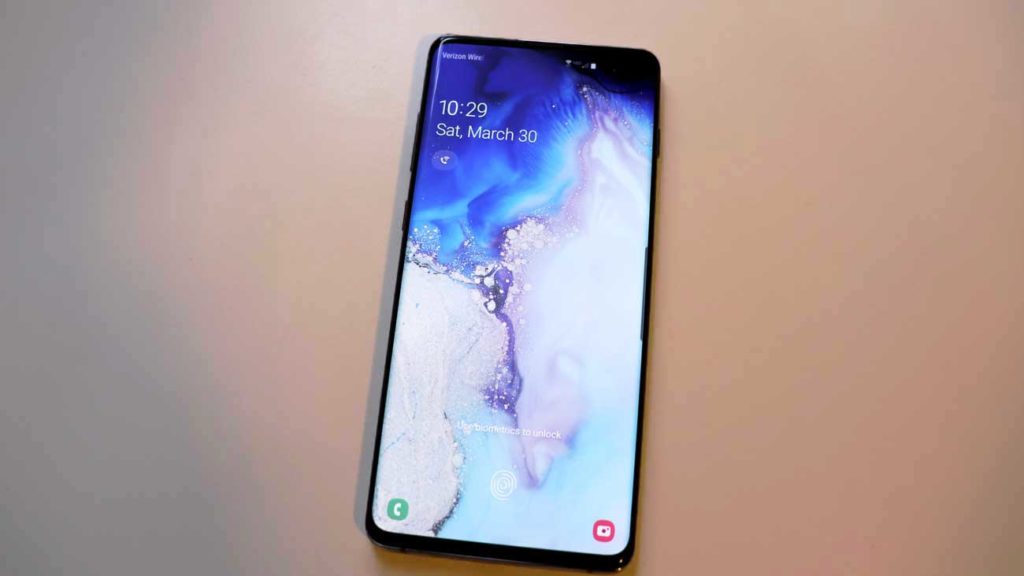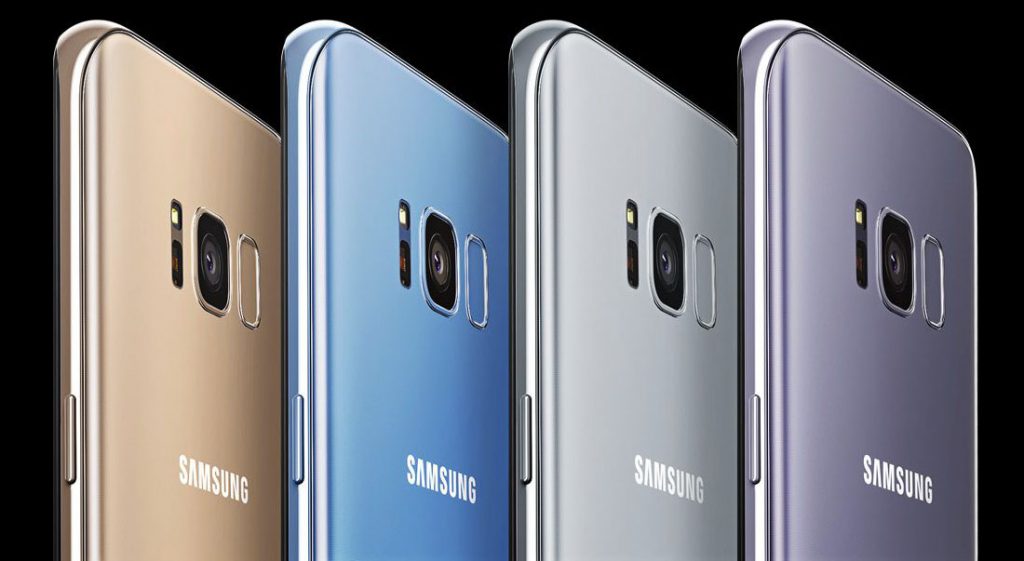Seagate, the maker for many computer hard drives, announced that it would be doing away with the 5900 rpm disk drives today. That figure refers to the maximum revolutions per minute (or speed) that a hard disk drive can endure to make the computer experience more enjoyable.
This move was to be expected though. Computer component companies are constantly working towards a faster and better performing product to keep up with consumers’ ever quickening lives.
The 5900 RPM drive will be replaced with the 7200 RPM drives, completing a new standard that other hard drive companies will probably follow very soon.
Seagate also announced that they making the Barracuda XT desktop hard drive line completely hybrid. Meaning, once gain, more speed.
Hard drives have another factor that effect a computer’s speed and that is the cache of a hard drive. The cache refers to a recall function where there is a small amount of memory set aside, at the end of the day it acts a lot like a person’s short term memory would in relation to the brain.
Most drives have about an 8Mb cache and having more is, of course, better. In the case of a hybrid drive the cache is made of flash memory, much like the flash drive used for quick storage when moving from one computer to another. Since flash memory has no moving parts they can get from one bit of information to another faster than a disk drive that relies on its revolutions.
Outside of Seagate’s new news, many computer owners have found benefit in moving away from hard disk drives. When the Mac Book Air first came out in 2008 it was marketed as being an “ultra-thin” device thanks to its solid state drive. With solid state drives the disk element of the drive is done away with. It would be like having a high-capacity flash drive storing all the memory for a computer.
Right now solid state drives are incredibly expensive, but companies and consumers alike are seeing the value. No moving parts means less heat, less likely to break during a fall, and smaller computers. What could go wrong?
Fun facts: IBM introduced the first hard disk drive in 1956…it was huge. In the 1980’s 10Mb was considered a lot of storage space for a drive to have. Today the average hard drive is 350-640gb.



